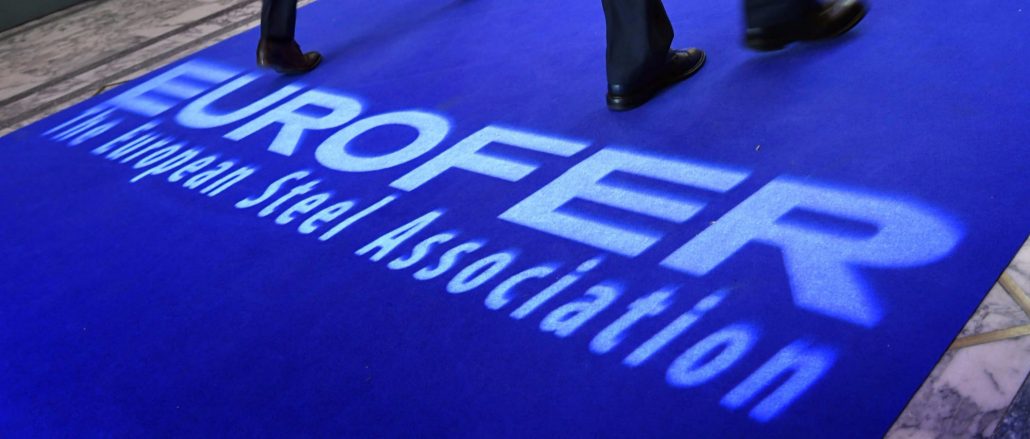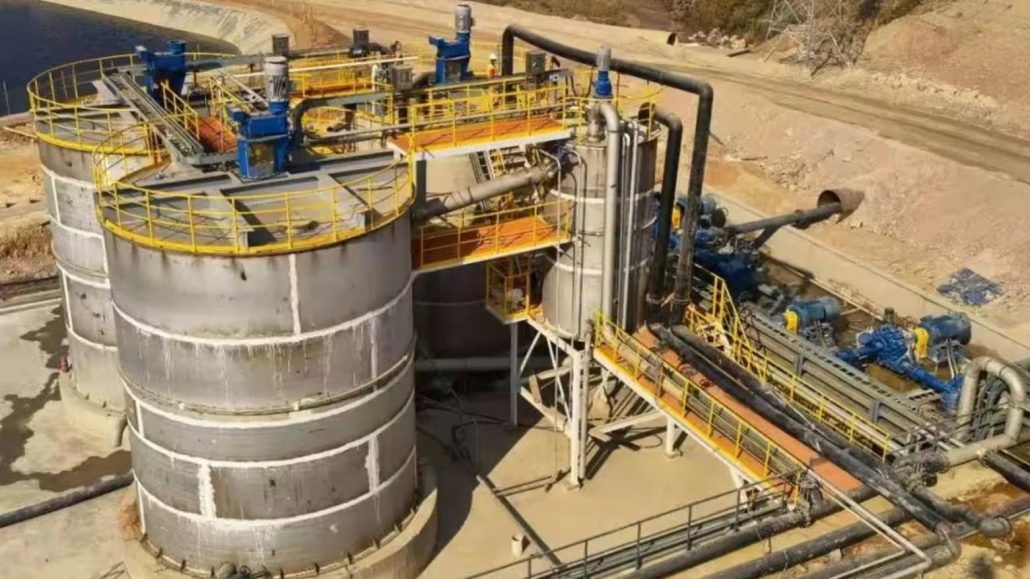
Steel Consumption Growth Slowed by Multiple Factors
The European Steel Association (EUROFER) has revised its 2024 steel consumption forecast downward, citing the prolonged period of high interest rates, the ongoing Russia-Ukraine war, energy crises, inflation, labor shortages, and disruptions in the Red Sea region due to the Israel-Palestine conflict. These factors are expected to slow the growth of steel consumption in Europe more than initially anticipated.
In its recently released “2024-2025 Economic and Steel Market Outlook” report, EUROFER predicts that nominal steel consumption in the EU will rise by just 1.4% year-over-year in 2024, reaching 127 million tons. This is a significant decrease from the previous forecast, which projected a 3.2% increase to 130 million tons.
The report also adjusted the 2025 EU nominal steel consumption forecast, lowering it from a 5.6% increase to 137 million tons to a 4.1% increase, bringing the new estimate to 133 million tons.
In the first quarter of 2024, EU nominal steel consumption fell by 3.1% year-over-year, totaling 31.9 million tons. This decline is expected to impact the anticipated recovery this year. Steel consumption remains highly uncertain due to supply chain disruptions related to the Russia-Ukraine and Israel-Palestine conflicts, unprecedented increases in energy prices, and rising production costs. Although a gradual improvement in EU steel consumption is expected by the year’s end, actual consumption is still projected to remain below pre-pandemic levels.
Weak Economic Conditions to Impact Steel Demand Industries
EUROFER also downgraded growth projections for steel demand industries. The Steel Weighted Industrial Production (SWIP) index dropped by 1.9% in the first quarter of 2024, a stark contrast to the 0.5% increase seen in the previous quarter. Production in the EU’s steel-using sectors has continued to decline due to the Russia-Ukraine war, general manufacturing weakness, global geopolitical tensions, and the long-term impact of the energy crisis.
Construction Sector Faces Continued Recession
The drop in the SWIP index reflects a prolonged slump in sectors such as construction, machinery, appliances, and metal products, though ongoing growth in the automotive sector has provided some offset. The construction sector, which accounts for 35% of EU steel consumption, entered a recession in the third quarter of 2022 and has declined for seven consecutive quarters, dropping by 2.3% through the first quarter of this year. The combination of high interest rates, labor shortages, and rising material prices is expected to keep the construction downturn going throughout the year.
The report notes, “The positive trend in steel demand industries that began after the pandemic started to slow down from the second half of 2022, due to rising energy costs and labor shortages following the Russia-Ukraine war, and this continued through the fourth quarter of last year. The deteriorating economic and industrial outlook for the EU this year is driven by high inflation and resulting interest rate hikes by the European Central Bank (ECB), with particularly negative impacts from the prolonged construction sector recession, ongoing geopolitical tensions, and worsening manufacturing conditions due to high interest rates.”
It further stated, “Amid ongoing adverse factors, the growth rate for steel demand industries is expected to decline to -1.6% in 2024, down from the previous forecast of -1%, with a rebound to 2.3% anticipated in 2025.”
Imports Continue to Rise as Domestic Steel Demand Weakens
Despite the lowered forecasts for steel consumption and demand industries, imports have increased. According to the report, EU steel imports, including semi-finished products, rose by 12% year-over-year in the first quarter, similar to the previous quarter’s 11.3% increase.
Axel Eggert, EUROFER’s Secretary General, commented, “While the EU’s steel demand industries are experiencing a prolonged downturn due to various adverse factors, import market share has risen significantly. This places both European steel production and related clean technology value chains at risk, necessitating urgent action at the EU level. The European Commission must promptly conclude a European Clean Industry Agreement centered on the steel sector.”








Leave a Reply
You must be logged in to post a comment.